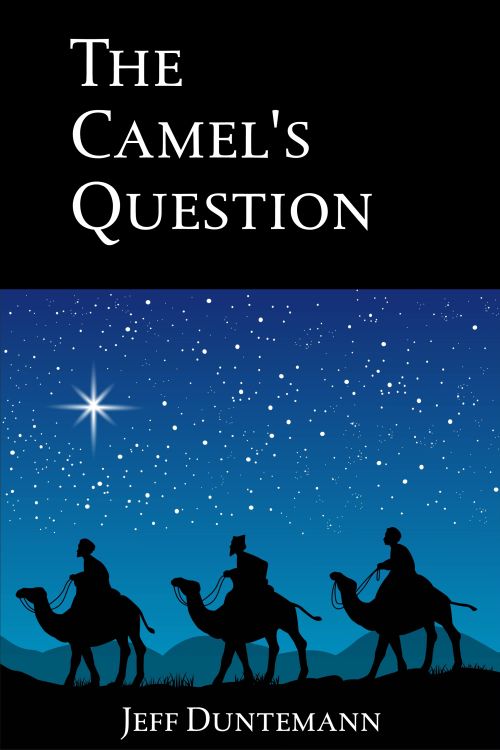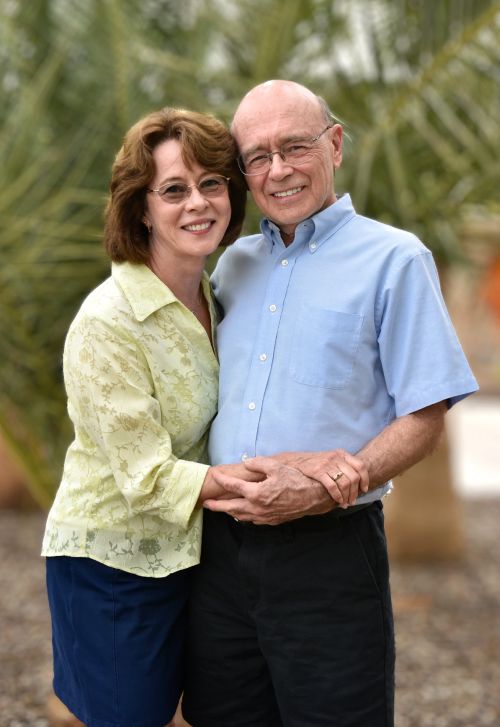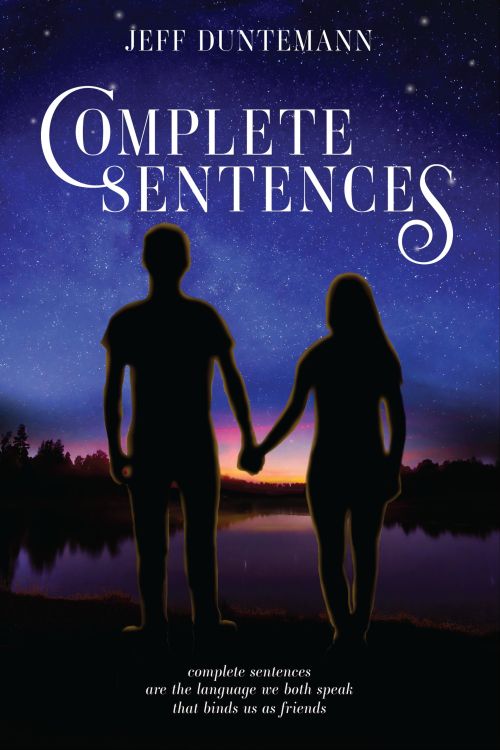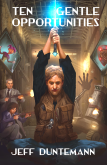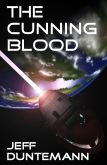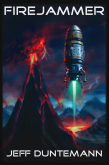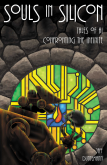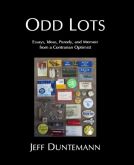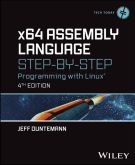“Listen, young ones, for I, Hanekh, am a very old camel, and may not be alive to tell this tale much longer. Listen, and remember. If I leave nothing else behind but a spotty hide and yellow bones, I wish to leave this.”
So begins my latest ebook publication, “The Camel’s Question .” It’s now available on Amazon for 99c. It’s a short story, not a novel, and won’t taken you more than ten or fifteen minutes to read. There is a story behind the story, so what better place to tell it than here?
In the spring of 1966, when I was in eighth grade, we were tasked to write a Christmas story. It wasn’t required to be fiction, but it had to be about Christmas. So in longhand on yellow paper I wrote a story I called “Master Melchior and Me.” It was about the camels that carried the Three Wise Men to Bethlehem. We read our papers aloud in class, and when I finished reading mine, the class applauded. I had apparently touched a nerve.
I began with the title, which was inspired by a 1953 Disney animated short, “Ben and Me” about the humorous adventures of a mouse living in Ben Franklin’s house. I actually pictured it as Disney-style animation. Remember that I was 13, and “young for my age.” I was writing fiction already by 8th grade, and tended to picture it in my head as cartoon animation. I think I intended to make it humor, but as has happened so often with me, my subconscious had other ideas. The story was serious but upbeat, about a lesson one of the camels learned from the Christ Child.
Jump ahead a few years, to the fall of 1972. My father was battling cancer and losing, My poor mother was worn out by both working as a nurse, and nursing my father past the crude, debilitating, and ultimately futile radiation treatments. I wanted to give her something that would get her mind off her troubles for a few minutes. I was a junior in college and by then had taken a lot of literature courses. I realized that I had written a fable, which is an ancient literary form in which animals are made to think and talk like humans to put across a moral.
By 1972 I had already lost the original handwritten manuscript, so I started at the beginning and told it again, having in the meantime grown mostly to adulthood and written a lot of things, fiction and nonfiction. I didn’t like the title, as Master Melchior at best played a background role. But I didn’t know what to call it, so I kept the original title. The story, however, was lengthened, deepened, and in some respects moved a hair to one side of being a true fable.
It didn’t matter. I gave the typewritten manuscript to my mother as a Christmas gift, and she was deeply moved by it. The typescript went into her dresser, and Gretchen and I found it after mother died in 2000. I scanned it, OCRed it, cleaned it up a little (but surprisingly little, after 50 years of additional practice telling stories) and gave it a new title: “The Camel’s Question.” Of the three camels, two are fairly ordinary. The third–well, he’s a skeptic and a contrarian, and asks a great many questions about the world and its workings, and the men who dominate the world and the lives of camels.
One of those questions is a doozy.
And that’s where I hand the baton back to you. The story’s out there if you’re interested. It sat in a box for literally fifty years. Better late than never, I guess. It’s dedicated to my mother, who suffered far too much but never failed me in any way. It’s only the third story I’ve ever written with no fantastic elements in it.
Ok, ok. Talking camels. I did the best I could with what I had.
Thanks in advance to all who buy it and read it.
